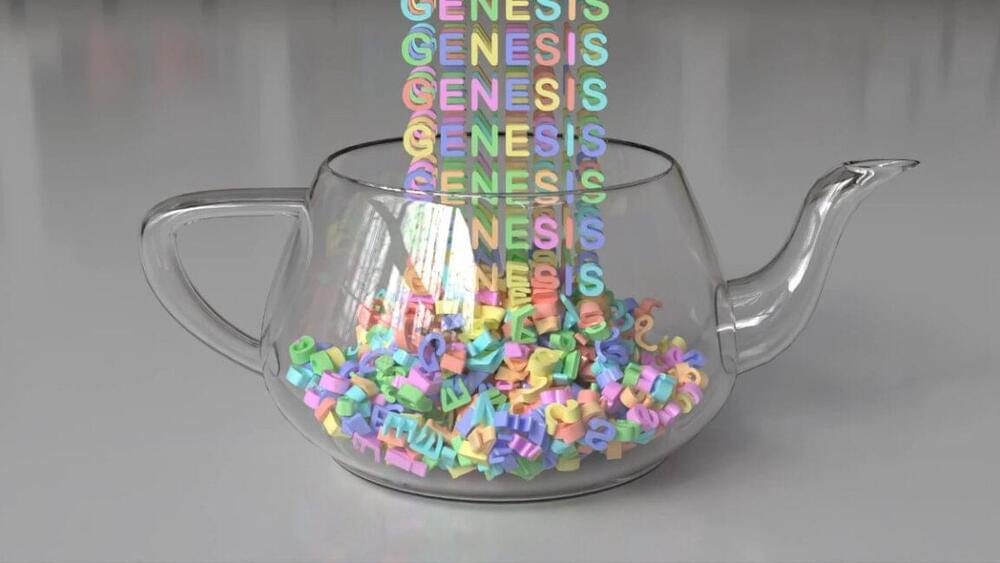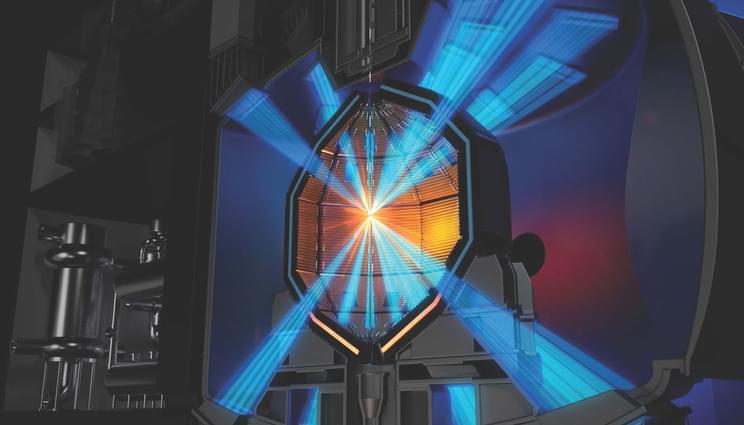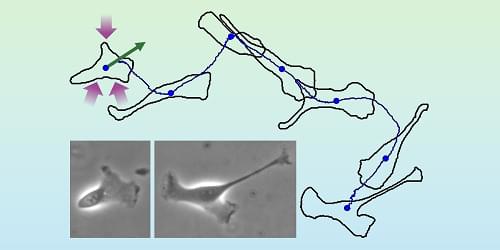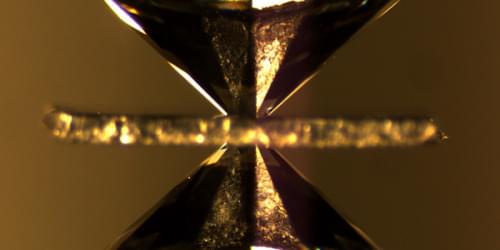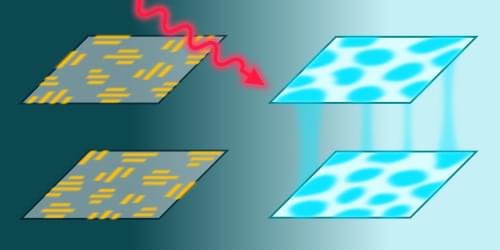In-plane magnetic fields unveil novel Hall effect behaviors in advanced materials, transforming our understanding of electronic transport.
Researchers from the Institute of Science Tokyo have reported that in-plane magnetic fields induce an anomalous Hall effect in EuCd₂Sb₂ films. By investigating how these fields alter the electronic structure, the team uncovered a significant in-plane anomalous Hall effect. This discovery opens new avenues for controlling electronic transport in magnetic fields, with potential applications in magnetic sensors.
The Hall effect, a fundamental phenomenon in material science, occurs when a material carrying an electric current is subjected to a magnetic field, creating a voltage perpendicular to both the current and the field. While the Hall effect has been extensively studied in materials under out-of-plane magnetic fields, the effects of in-plane magnetic fields have received comparatively little attention.

